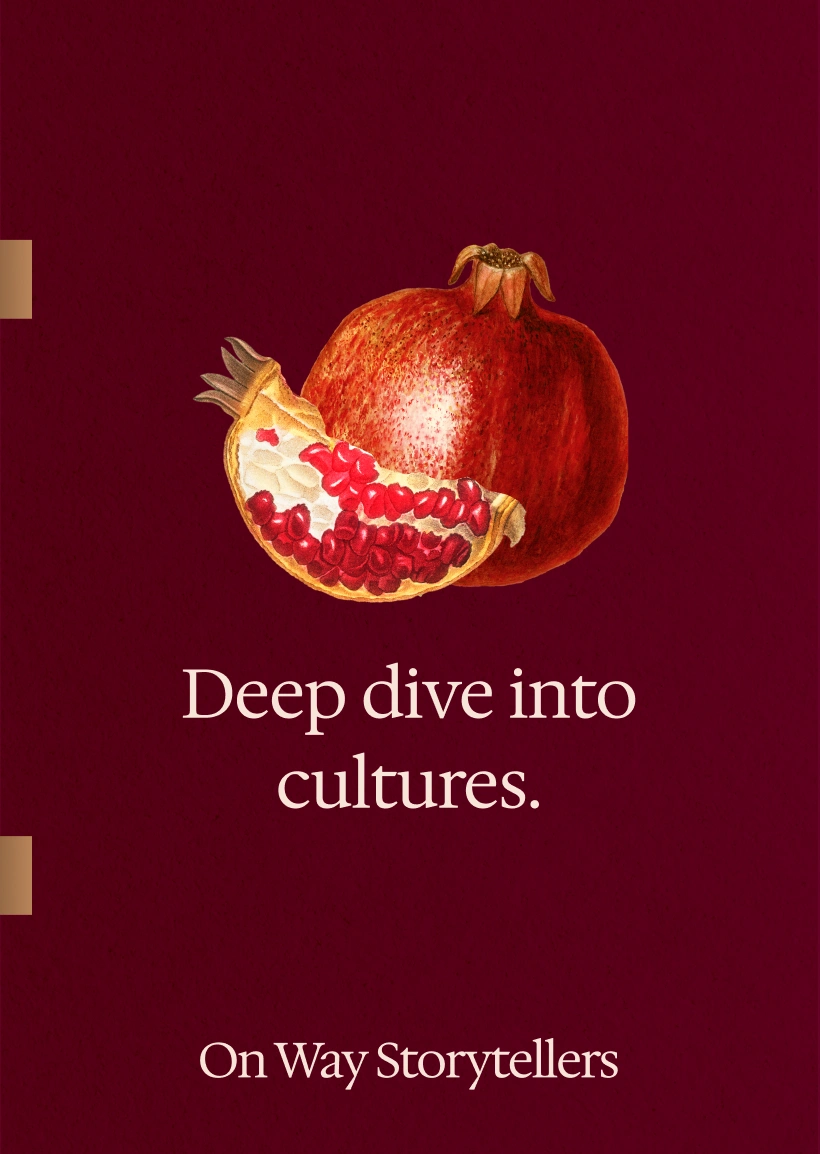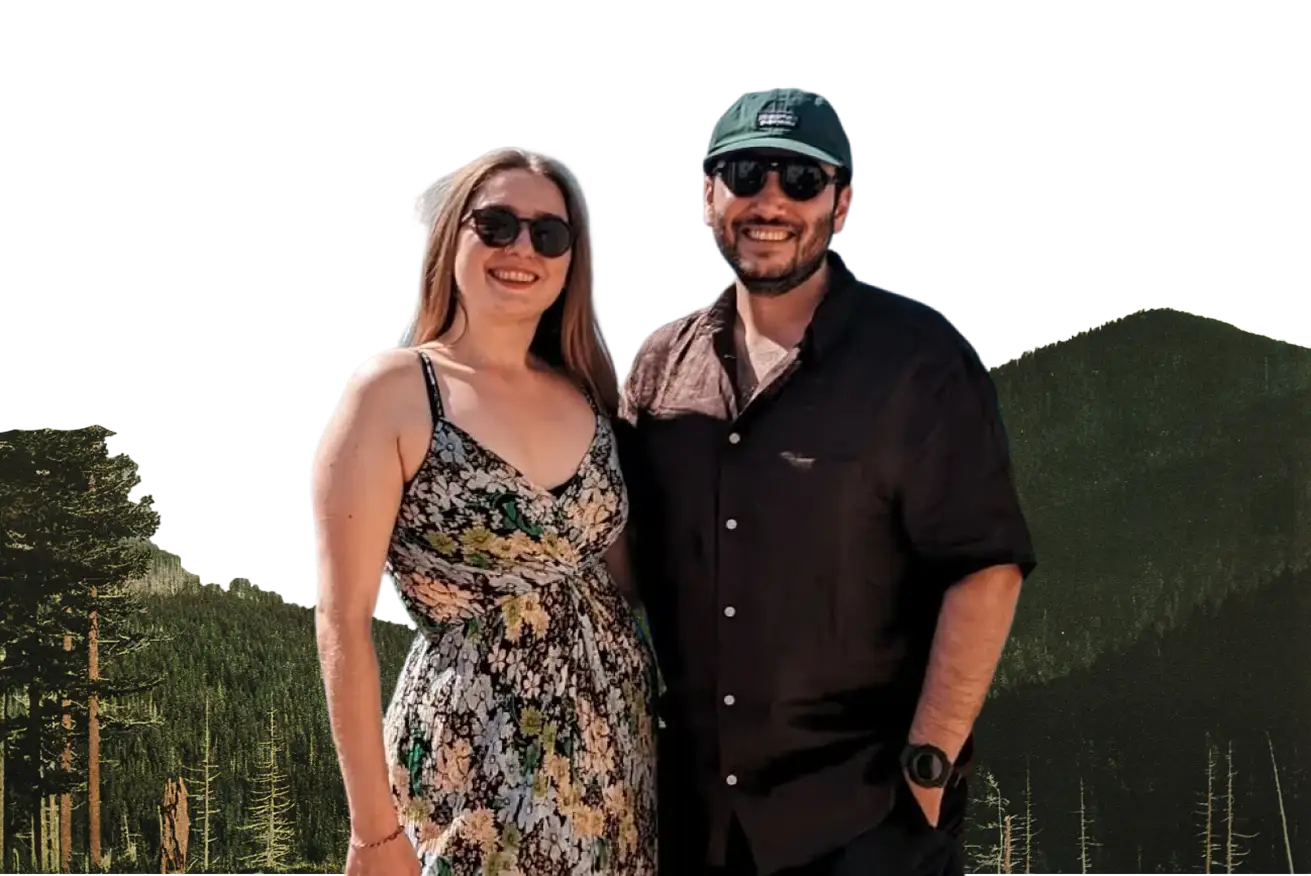We are planners. At On Way Storytellers, our explorations are built on a foundation of deep, intentional research. We dive into books, films, and history to understand the 'why' of a place long before we arrive, a process we cherish and champion. But we've learned, sometimes the hard way, that there's a delicate and essential art to knowing when to fold the map, put away the notes, and let the journey itself become the guide.
Many of us, especially those juggling demanding professional lives, approach travel with the same optimization mindset we apply to our work. We create detailed itineraries, book back-to-back tours, and schedule every hour to maximize our limited time away. The intention is good – we want to make the most of it. But this pressure to 'do everything' can subtly become a cage, squeezing out the very magic we travel to find. It can leave us feeling more exhausted than enriched, with a collection of sights seen but a deficit of stories truly lived.
This is the tyranny of the perfect plan. It's a narrative that suggests memorable experiences are items to be scheduled and acquired. But what if the most profound travel moments are the ones that can never be scheduled at all?
Serendipity: the unscheduled guide
We've found a recurring pattern in our own journeys: the moments that resonate most deeply are almost always the ones that happen between the planned stops.
It's the unplanned detour down a narrow street in Andalusia because you heard a faint strain of guitar music. It's the hour spent sitting quietly in a Turkish teahouse, just observing the flow of daily life, because a sudden rainstorm derailed your museum plans. It's the unexpected conversation with a local shopkeeper that reveals more about a place's soul than any guidebook ever could.
These are moments of serendipity. They cannot be booked on GetYourGuide or added to a Google Calendar. They only arise when we create space for them – when our itinerary has room to breathe, and our curiosity is given permission to lead.
Crafting the 'un-itinerary'
Embracing serendipity doesn't mean abandoning planning altogether. Our deep research remains the soil from which meaningful discovery grows. But it means shifting the purpose of that research. Instead of building a rigid minute-by-minute schedule, we build a framework of understanding.
The goal of our "pre-trip immersion" isn't to create a checklist to conquer, but to fill our minds with enough context, questions, and thematic threads that we can confidently step into a place and let it speak to us. We know the key historical layers, we understand the core cultural motifs, and because we have this grounding, we are free to wander wisely.
The 'Un-Itinerary' is a commitment to this balance. It might mean planning only one key activity per day, leaving afternoons open. It might mean choosing a neighborhood to explore on foot with no destination in mind. It means trusting that your preparation has equipped you to notice the small details, understand the subtle connections, and recognize a meaningful opportunity when it appears unexpectedly.
The true power of the 'Un-Itinerary' lies in this shift from control to trust. It's the trust that you have prepared enough, the trust that the place will reveal itself if you are present, and the trust in your own curiosity to be your truest compass. This approach doesn't guarantee you'll see every sight on the list, but it opens the door to creating a far more valuable souvenir: a travel story that is deeply, uniquely, and unforgettably your own.
.svg)





